Oppressive regimes rarely cultivate good art; and, as a consequence, artistic responses to political oppression tend to be conceptualist in nature, as they oppose the ideology of oppression rather than its aesthetics. This is particularly true of the anti-oppressive art produced in close proximity to its targets, where urgency tramples fastidiousness. Take, for instance, contemporary artists from Eastern Europe that respond to the regime of Russia’s Vladimir Putin, authoritarian and aggressive yet supported by the majority of its population. Individuals like Petr Pavlensky, Lena Hades, and Oleg Mavromati, or artistic collectives such as Pussy Riot, tend to produce works that address shifts in policy and ideology rather than events within the art world; their installations and performances are forceful and subversive yet often straightforwardly propagandist or allegorical, lacking in subtlety and nuance.
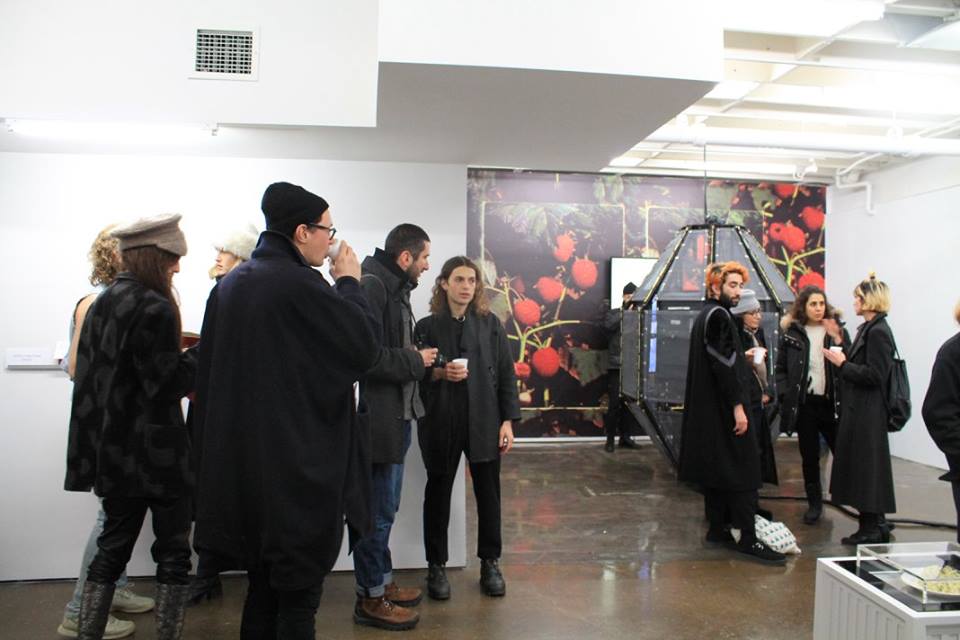 Felix Kalmenson and guests at the Opening Reception of Felix Kalmenson, как всегда / As Always, February 9, 2017, Pari Nadimi Gallery . Courtesy of Pari Nadimi Gallery
Felix Kalmenson and guests at the Opening Reception of Felix Kalmenson, как всегда / As Always, February 9, 2017, Pari Nadimi Gallery . Courtesy of Pari Nadimi Gallery
In contrast, émigré artists, who are under no pressure to put out their message before someone comes knocking on their door, and who are better attuned to contemporary Western artistic scene, can respond to oppression in their homelands with art that is richer in interpretative possibilities. Felix Kalmenson’s как всегда / As Always, which opened on February 9 in Toronto’s Pari Nadimi Gallery, offers an example of such a response. Its author left his native St. Petersburg as a child, and went back recently to collect material for a project that comments both on the artistic reconstruction of one’s personal past and the political reconstruction of the Russia’s imperial and Soviet past. The result is rife with political connotations, and only tangentially nostalgic.
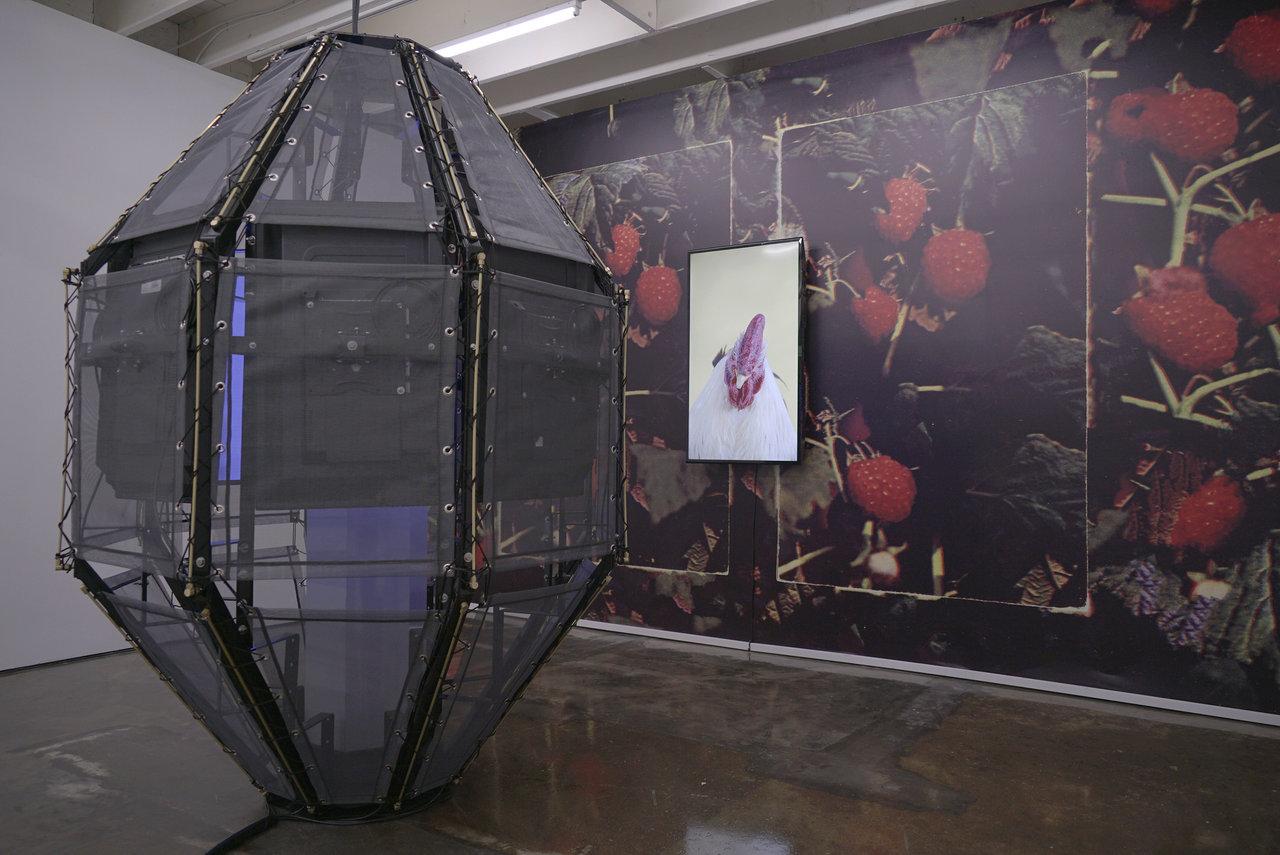 Installation view of Felix Kalmenson, как всегда / As Always, 2017, Pari Nadimi Gallery. Courtesy of Pari Nadimi Gallery
Installation view of Felix Kalmenson, как всегда / As Always, 2017, Pari Nadimi Gallery. Courtesy of Pari Nadimi Gallery
On pain of sounding gimmicky, one could describe this exhibition as a deconstruction of a reconstruction; a particular focus, as Kalmenson himself pointed out in our conversation, is on gender issues. On one side of the room, two video installations expose and mock traits associated with Putin’s cult of masculinity: on one of them, a rooster, cocky and brute, pokes the air in preventative aggression, while across from it, positioned within a construct reminiscent of scaffolding used to restore the domes of St. Petersburg’s cathedrals, another video installation shows an enlarged figurine of a caveman holding a boulder over his head, across from a wristwatch which frozen in the year 2000, a mocking reference to the time when Vladimir Putin came to power, promising to restore Russia’s patriarchal order and imperial glory.
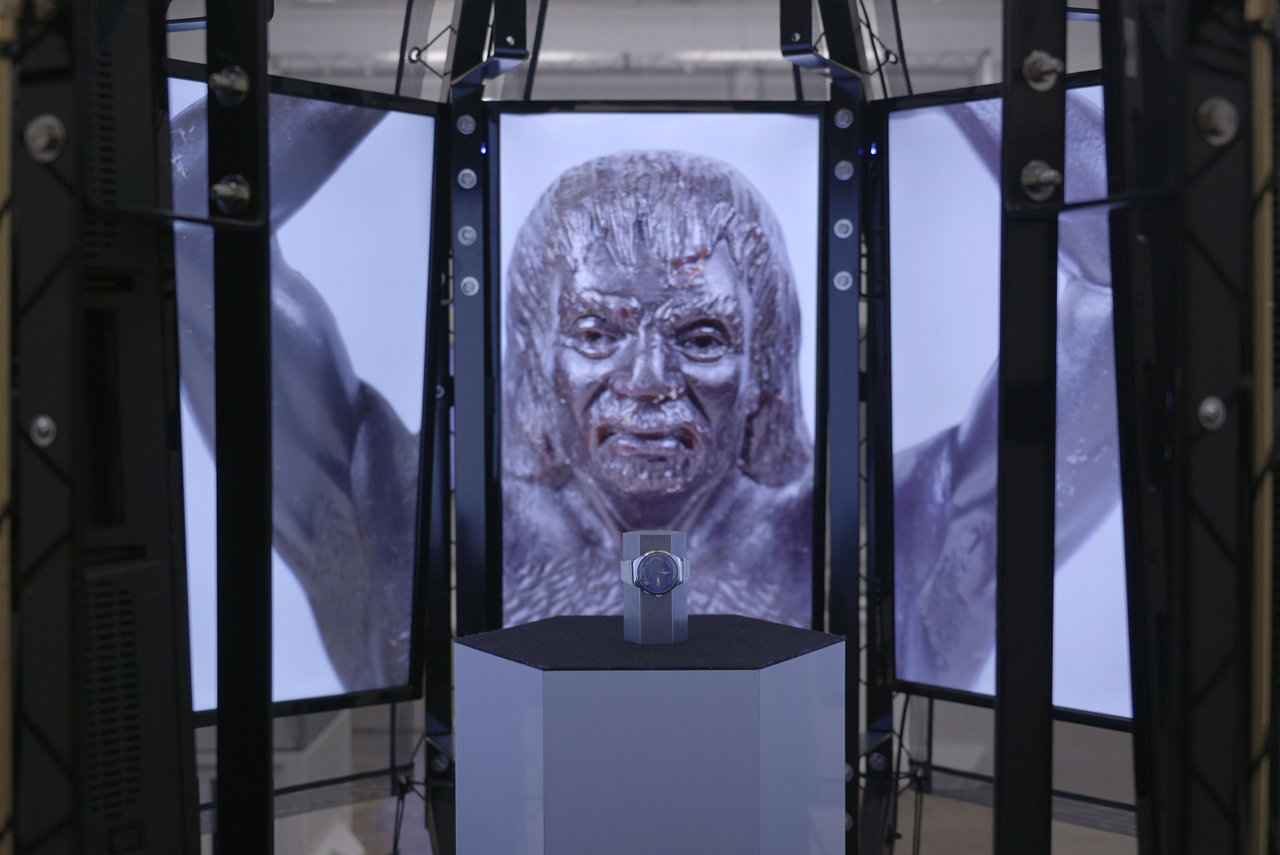 Installation view of Felix Kalmenson, как всегда / As Always, 2017, Pari Nadimi Gallery. Courtesy of Pari Nadimi Gallery
Installation view of Felix Kalmenson, как всегда / As Always, 2017, Pari Nadimi Gallery. Courtesy of Pari Nadimi Gallery
On the opposite side of the room, another video installation depicts a character’s painful struggle to find the portrait of a grandmother in a major art gallery in Russia; here, in the realm of Russia’s Kafkaesque bureaucracy, the patriarchal state manages to undermine an artistic attempt at breathing life into one’s past, particularly – in a reminder of the installation’s emphasis on gender – a woman’s past. Other objects, including installations and computer-generated photographs, are also entangled in a web of politically charged relations, ready to reveal themselves to a patient and perspicacious viewer.
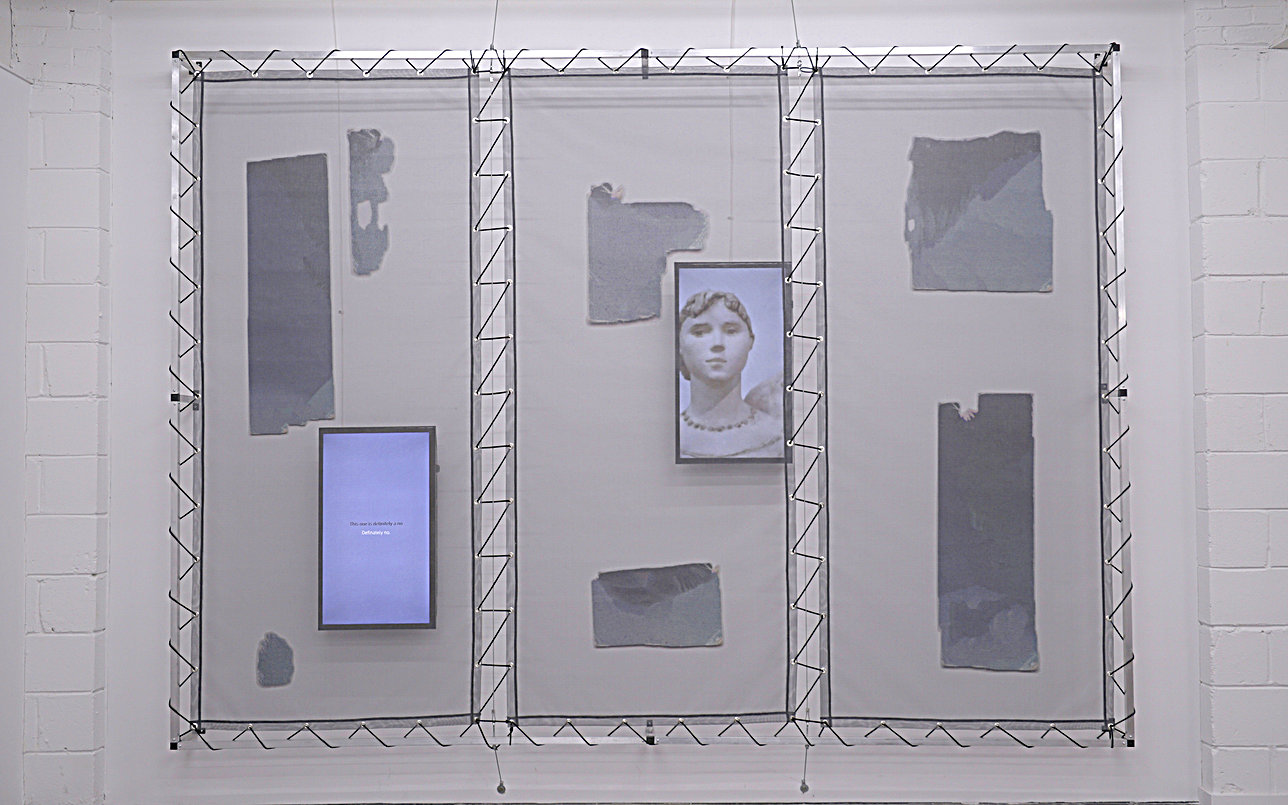 Installation view of Felix Kalmenson, как всегда / As Always, 2017, Pari Nadimi Gallery. Courtesy of Pari Nadimi Gallery
Installation view of Felix Kalmenson, как всегда / As Always, 2017, Pari Nadimi Gallery. Courtesy of Pari Nadimi Gallery
Artists responding to oppressive regimes are seldom blessed with artistically engaging foes; more often than not, they have to aim their critical effort not at a rare avant-gardist enamoured by an oppressive state, but at half-baked ideological entities or mass-produced objects of material culture engendered by artistically barren regimes. The result is a politically engaged conceptual art, thoughtful and witty, as in Kalmenson’s show, which, nevertheless, leaves the viewer with an impression of the artist’s longing for an artistic, not merely ideological, adversary worthy of being deconstructed.
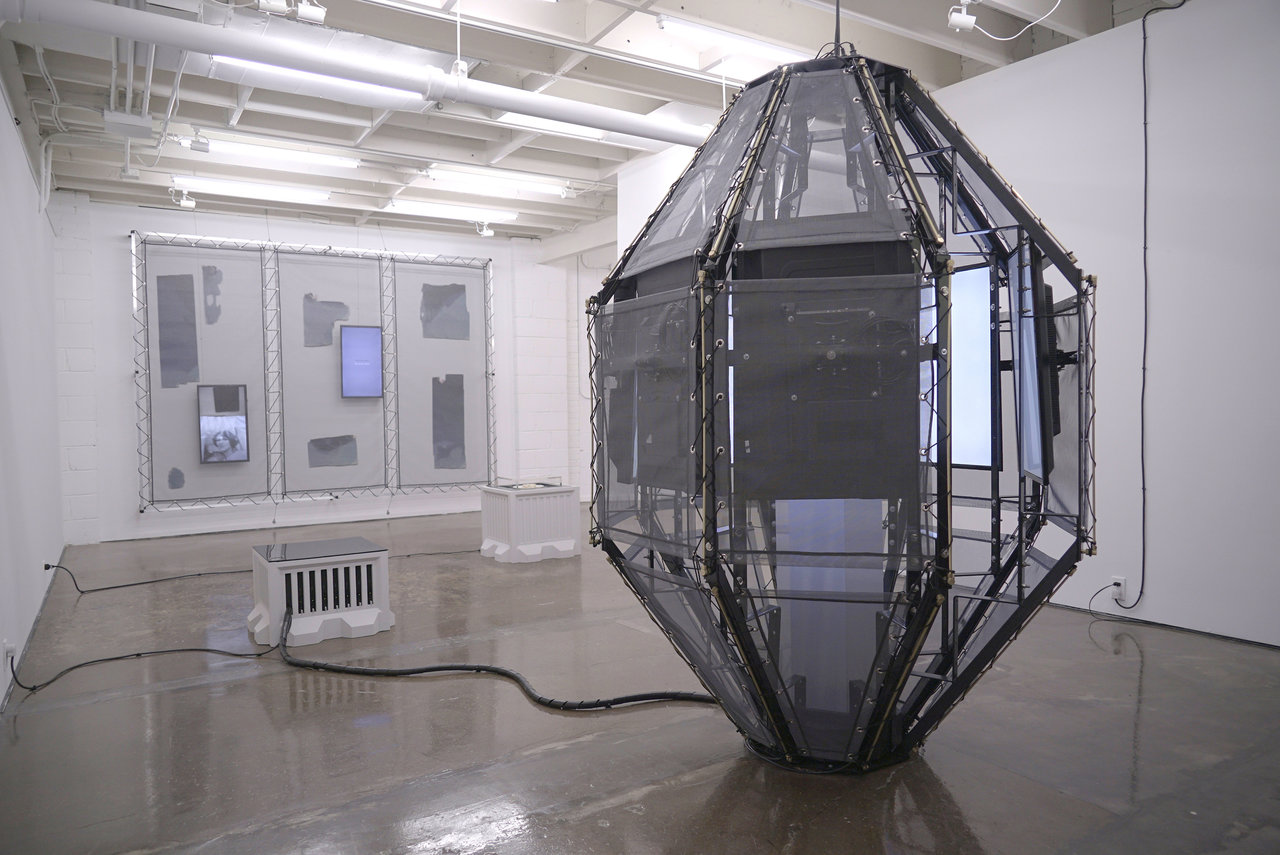 Installation view of Felix Kalmenson, как всегда / As Always, 2017, Pari Nadimi Gallery. Courtesy of Pari Nadimi Gallery
Installation view of Felix Kalmenson, как всегда / As Always, 2017, Pari Nadimi Gallery. Courtesy of Pari Nadimi Gallery
Andriy Bilenkyy
Artist Talk: Friday, February 24, talk starts at 6 pm, Q&A 7 – 7:45 pm.
*Exhibition information: February 9 – March 25, 2017, Pari Nadimi Gallery, 254 Niagara Street, Toronto. Gallery hours: Wed – Sat, 12 – 5 pm.
